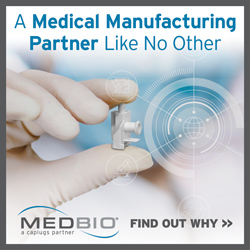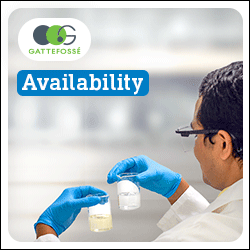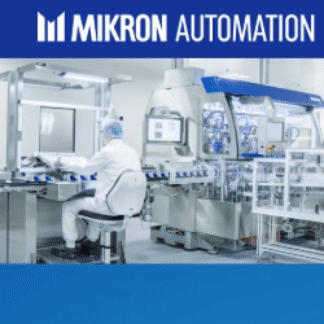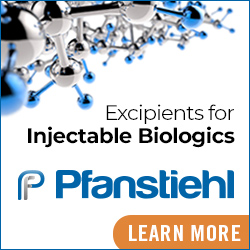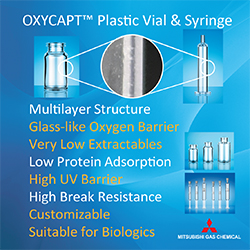Search Results for: ANTIMICROBIAL LIPIDS Attenuating the Use
Articles
April 3, 2017
ANTIMICROBIAL LIPIDS - Attenuating the Use of Medically Important Antimicrobial Drugs in Food-Producing Animals: What Role Can cGMP Lipids Play? April 3, 2017
Ryan Littich, PhD, highlights some of the most significant, pathogen-borne diseases relevant to food-producing animals and reviews the antimicrobial properties intrinsic to midchain triglyceride lipolysis products.





